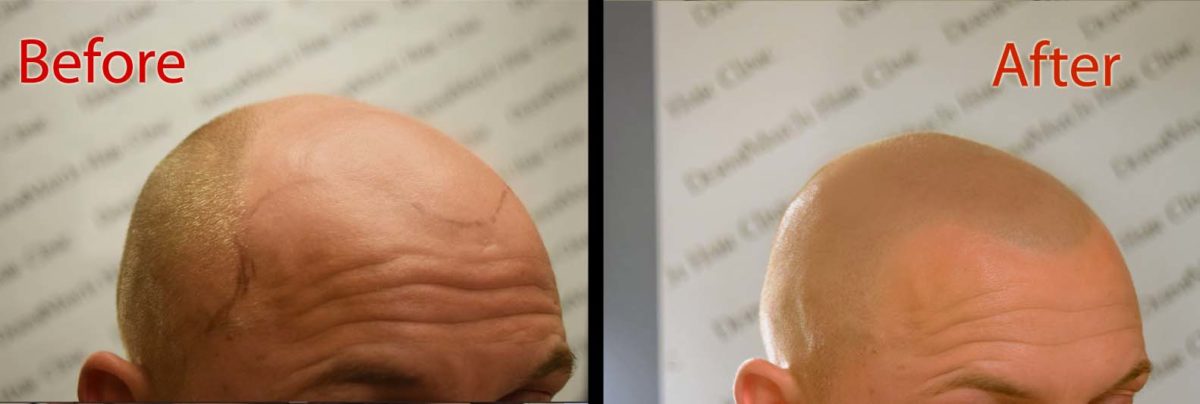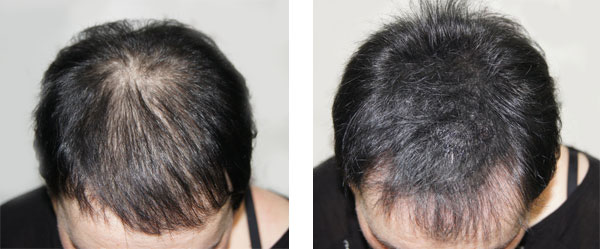Can you opt for a hair transplant after SMP? No doubt, scalp micropigmentation is one of the most effective ways to treat pattern baldness, thinning hair, a receding hairline, and hair loss. Some people often doubt its efficacy and wonder if they can opt for a hair transplant if they change their minds later after undergoing scalp micropigmentation. Well, there is no reason you cannot go under the knife after SMP.
SMP is the hair restoration treatment for people who want to hide bald patches or a thinning hairline. The procedure mimics hair follicles on the scalp. But if you want to go for a hair transplant after scalp micropigmentation, you can do so.
What is a hair transplant?
It is a surgical procedure that addresses the problem of hair loss. Someone with alopecia might want to go under the knife for a hair restoration procedure. It involves removing healthy follicles from a different part and transferring them to the area with bald patches, hair thinning, or a receding hairline.
Do you think you should go for a hair transplant after SMP? If you really want to, then you have to decide between FUT and FUE.
Follicular Hair Transplantation (FUT) involves picking up clusters of follicles. The surgeon may choose either follicular unit extraction or strip harvesting.
A surgeon removes a strip of hair from the back of the head, which is then dissected so individual hair follicles can be planted at the bald spots. However, the biggest disadvantage of strip harvesting is that it leaves a linear scar that looks unsightly.
FUE is more tedious and time-consuming than strip harvesting. Unlike strip harvesting, FUE involves the removal of individual hair follicles, which are then implanted by making small holes. The best surgeon can create natural results with FUE without any significant visible marks.
Hair Transplant after SMP
The best SMP pigment is nontoxic, inert, and nonallergenic. If you plan a hair transplant after scalp micropigmentation, it will not hinder the process. Whether you choose FUE or FUT, the procedure does not have a lot of impact on transplant. However, there is a chance that the scalp might appear patchy from the removed follicles when you do FUE.
Some clients might prefer to remove SMP completely with a laser before undergoing a hair transplant. The success of every procedure depends a lot on the skills and expertise of the practitioner. Unless you hire the services of a trained and expert scalp artist, you might end up with an unhappy or botched result.
But in some cases, the laser removal might not work when you want a hair transplant after SMP. In such clients, it is possible to cover the follicles with a touch-up session of SMP after you have healed from a hair transplant.
SMP versus Hair Transplant: Which is Better
So if you are wondering whether a hair transplant after SMP is possible, you have got the answer already. But you have got to decide between SMP and hair transplant.
Scalp micropigmentation is one of the least invasive permanent hair restoration procedures today. Anyone with hair loss problems can trust scalp micropigmentation to fill in the balding or thinning areas. Since SMP has a short recovery period, requires less aftercare, and is less invasive than a hair transplant, it is a better way to cover those bald patches or thinning areas. You may want to choose scalp micropigmentation to hide any visible scars on your scalp or cover a receding hairline.
However, only a skilled and experienced scalp artist in Phoenix, Az, can deliver real results. Connect with DermiMatch to get in touch with the best Phoenix SMP practitioner. When you do so, you may never feel the need to opt for a hair transplant after SMP.


